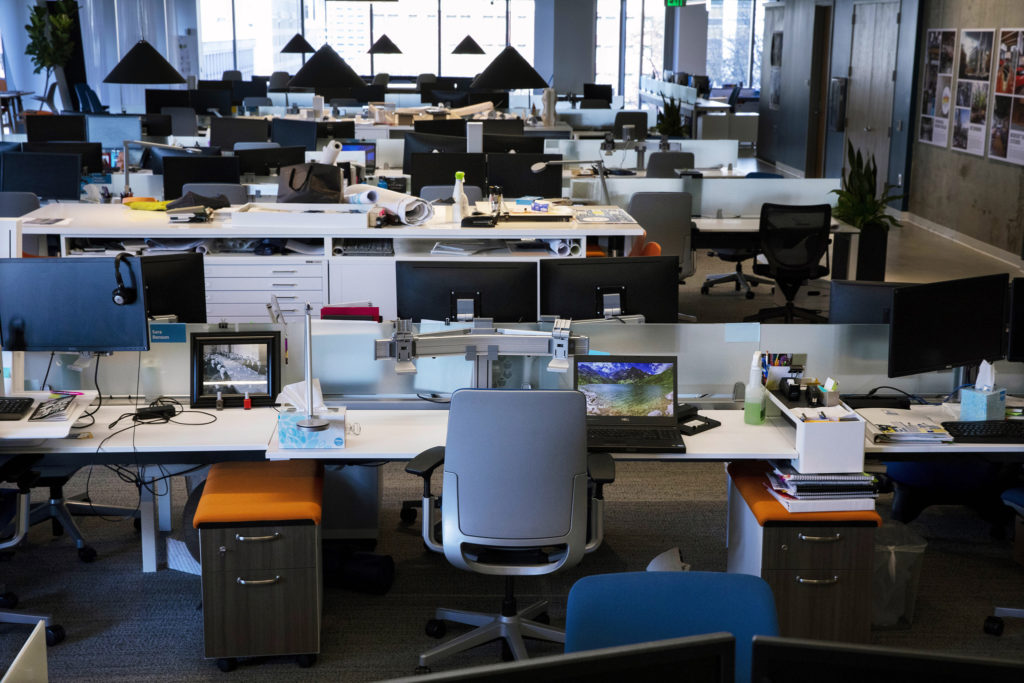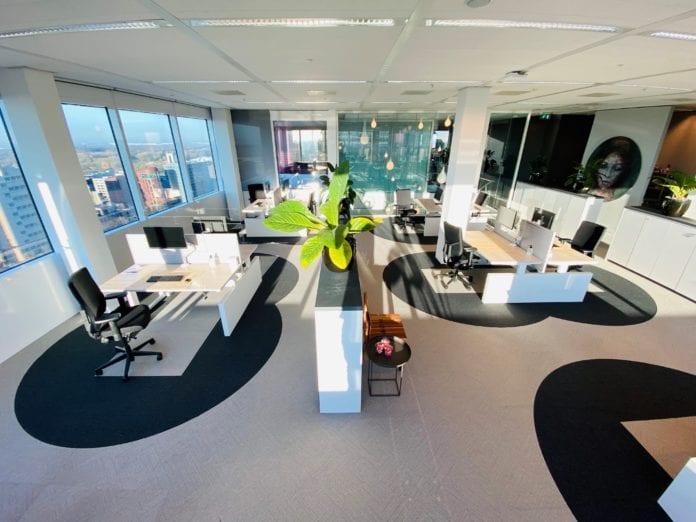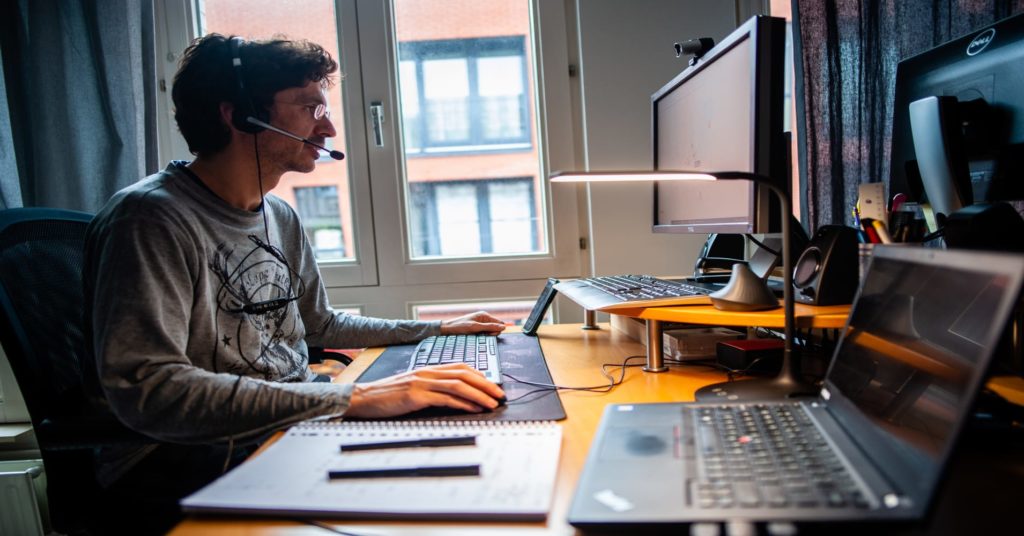As many nations make their way towards relaxing Covid-19 lockdowns, many of us are envisioning a time when we can stop working at our kitchen tables and return to the office. Working from home to pay cuts and layoffs, the Covid-19 pandemic has changed everything about the way people used to work along with the workspaces.
Yet, in the absence of a vaccine, aspects of modern workplaces need to change if employees are to safely return to their homes. Many are struggling to maintain the work-life balance in the lockdown, but are equally anxious about returning to crowded office premises.
Whatever happens in the months ahead, and even if a Covid-19 vaccine emerges, it seems likely that the experience of living through a pandemic will have a long-lasting impact. A lot has changed and yet, there is a lot to be changed, especially how our workplaces function. On the other end of the spectrum, the only good thing that has come out of the pandemic is the focus on health and hygiene. It gives a whole new meaning to the idea of working in a sterile environment.
1. Work from home – The new normal
As countries begin easing lockdowns all over the globe, the Ministry of Home Affairs (MHA) declared guidelines to allow private offices in India to operate at 100% capacity. However, they urged people to consider work from home as much as possible. The lockdown forced the majority of companies around the world to consider work from home facilities for their employees.
Now several months into the pandemic, companies have seen this work and have observed that remote working is not any less productive. Tech giant Twitter, for example, was among the first global companies to allow employees to work from home forever. They will allow employees the option to permanently work from home and will be paid like a usual working day.
Facebook’s CEO Mark Zuckerberg said that the company would allow employees to work from home permanently. In a country like India where traffic is a big fuss, individuals will be more efficient working from home since the cumbersome commute time is removed. Also, a shift to remote work could lead to the movement of workers from big cities where the cost of living is predominantly higher.
2. Is the “9-5” schedule really a myth ?
Businesses are finally realizing how fickle the idea of 9 to 5 actually is. It is massively outdated and irrelevant. Due to the lockdown, employees are given more flexibility over their schedules and companies are realizing that productivity profiles are specific to each individual. Some people perform better in the morning, the rest at night, and so on. Eventually, by breaking such rigid time constraints, they can help make employees more productive than usual.
3. Shifting focus to a job not affected by pandemics
In turbulent times like this, many people have been laid off their jobs. It has become important for people with financial commitments such as children’s education fees, house rent etc to look for more sustainable job options. It’s clever to get yourself a job in healthcare, life sciences, or the technology industry considering the fact that these sectors were least impacted by the pandemic. This will ensure that the candidates have more certainty on the grounds of long-term support.

4. Change in office policies
Some private companies have implemented new steps in the work culture in order to adapt to the pandemic. As offices are opening again, the employers and the companies will have to keep safety first. A crucial aspect of this will be the company’s investment in the health and safety of its employees.
It can’t be limited to the usual temperature checks upon entry into the office and just wearing a mask. Real investment in terms of advanced cleaning services, managing flow of people, revising seating plans, limited meetings in conference rooms, is the need of the hour. This also includes adjusting the sickness policies provided.
Institutions need to consider how they can get supply chains up and running again in a hassle-free and safe manner and plan exit strategies in case someone in the workplace tests positive for Covid-19. Another integral part questions how you manage safety in the workplace so that employees feel comfortable on their return.

5. Redesigning office spaces.
The first phase of resuming office life involves making essential changes to keep the employees safe. Due to Covid-19, it is likely that people would want to change their work environments, even after the pandemic. Even back at the office, one has to maintain social distancing, refrain from unnecessary interactions and create distance between their workstations. The age-old norm of workstations with clusters of employees who often share common resources like canteen, desk items (lamps, telephones etc) must be avoided.
Further reading:





Nice Article! The coronavirus has had unprecedented impacts on the world — and the worst is yet to come. Companies must act today if they are to bounce back in the future. Doing so will help the world as a whole recover — and, we hope, become more resilient in the process.